
Celebrating Richard Langley as he contributes final column to GPS World
November 20, 2024
In celebration of Richard Langley’s decades-long contribution to GPS / GNSS / PNT, we are publishing a selection of testimonials and photos from some of his colleagues and friends, gathered by his former students Sunil Bisnath and Attila Komjathy.
Read More


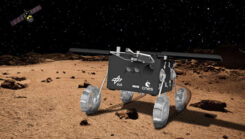

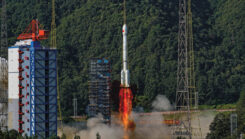
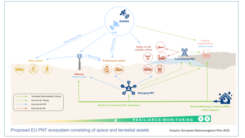

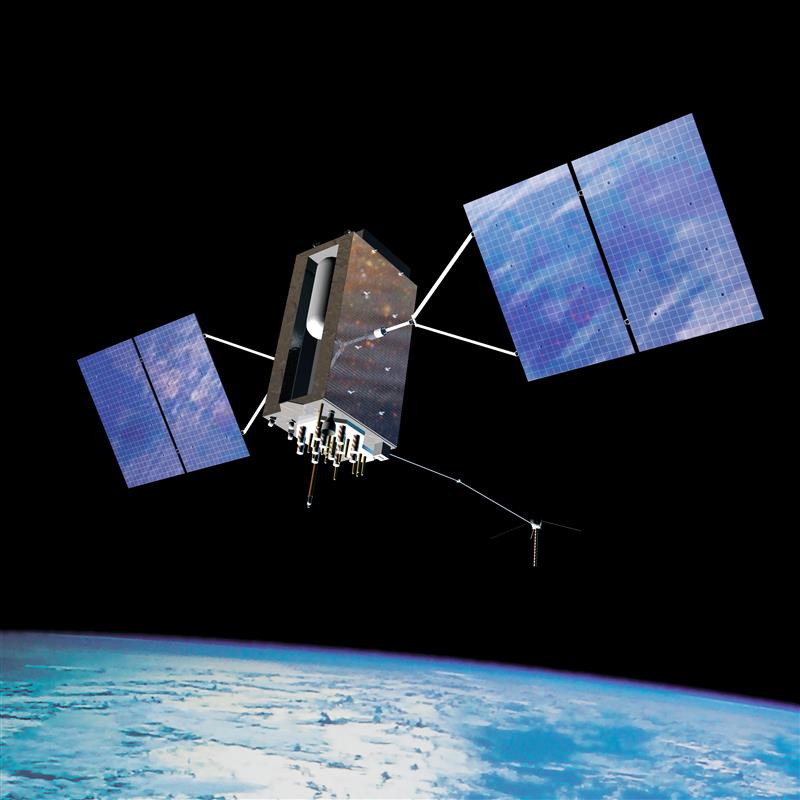

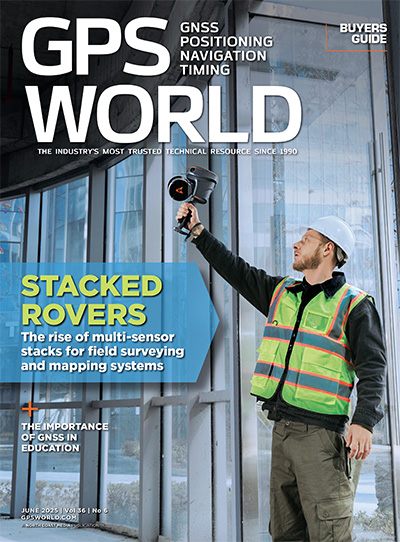






Follow Us